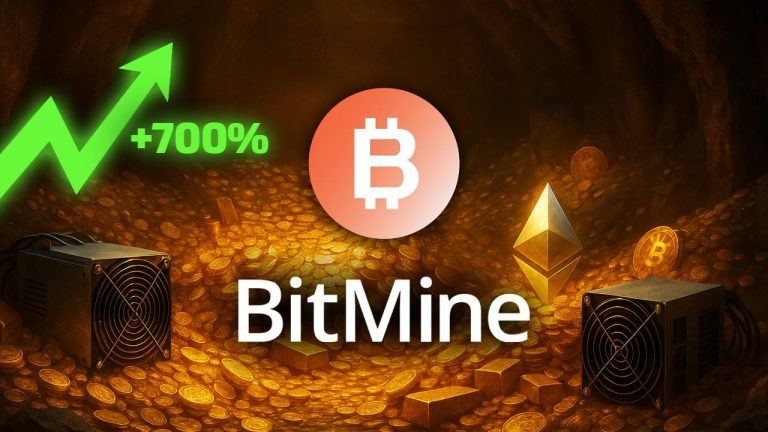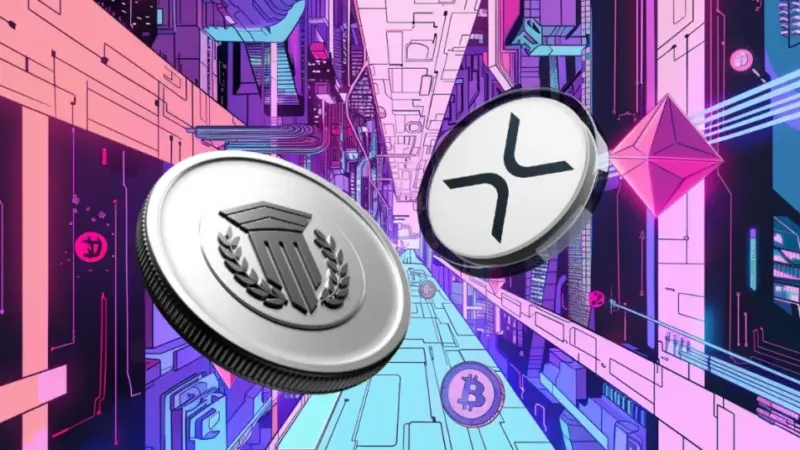Top Three Staking Coins


After Smart contracts, Decentralized Finance could be seen as one of the most disruptive innovations the crypto industry has seen. No surprise it has pushed Ethereum back to the new all-time high. Just like the brainchild of Vitalik Buterin, Defi opened up an ocean of opportunities for its users. Even the notorious Mark Cuba recommended people to dig deep into the topic, as the future is right there.
What is DeFi?
Just as the name suggests, Defi refers to financial services and lack of central authority. To be more precise, it eliminates brokerages, exchanges, or banks to offer traditional financial instruments. We could define Defi as a merger of traditional banking services and blockchain technology. Amongst its features, we can find crypto trading, loans, interest accounts, and – the king of the hill – staking. In other words, there are plenty of possibilities for retail investors in the Defi space, especially if the target is to earn passive income.
Institutional Players Get On the DeFi Train
The hype has reached the point where even traditional banks began exploring decentralized finance. According to Ruangroj Poonpol, chairman of Kasikorn Business Technology Group (KBTG), a tech arm of KBank, KBTG recently established a subsidiary called Kubix to operate as an initial CoinMarketCap, staking is an activity where a user locks or holds his funds in a cryptocurrency wallet to participate in maintaining the operations of a proof-of-stake (PoS)-based blockchain system. It is similar to crypto mining in the sense that it helps a network achieve consensus while rewarding users who participate.
Put simply, crypto staking is almost the same thing that putting money on a saving account. You lock crypto assets for a certain period to gain rewards in return in the form of tokens. The process is very easy:
- Purchase assets or fund your account with one of the assets that are eligible for staking.
- Select an asset to stake
- Earn rewards
How To Choose a Staking need to have at least 32 ETH, as well as the Eth1 mainnet client. To become a staker/baker on Tezos, a user needs to hold 8,000 XTZ coins and run a full node. Also, it is important to keep in mind that the more coins that are being held, the greater the staking rewards.
Top Three Staking Coins – Who Are They?
Enough of theory, tell us about your top staking coins you will say. All right, if you ask for it you shall receive!
You need to consider not only rewards but also the overall staking conditions – such as minimum deposit, lock-up period, withdrawal rules, etc. From this standpoint, three projects stand out from the rest: ICON, Stake DAO, and “the cherry on the cake”, NBU Staking. Why is that important? Because APY won’t matter if you can’t take full advantage of staking.
In the case of ICON, we are talking about the Korean blockchain projected based on the delegated-proof-of-stake (DPoS) consensus algorithm. It allows block producers to validate transactions in seconds – providing faster transactions than PoS and PoW. But the best part is that staking rewards on ICON reach up to 36% per year. Also, keep in mind that running an I-Rep Node requires a professional hardware setup and you need to have sufficient funds or votes to be in the Top 100. Thus, whilst staking APY is high, you will need a decent amount of funds to make real money.
Stake Dao, on the other hand, removes the need to stake assets across multiple platforms. This feature is important because it brings simplicity to the process. From Stake DAO, users can search through the best of Defi and choose from the best products to help them beat the market. The Stake DAO platform receives performance fees and withdrawal fees on its offered strategies. These fees are then redistributed to holders of staked SDT. Currently, the reward level is above 50% per year.
Moving to NBU staking Official Medium Channel. If you want to get on the board straight away and start earning rewards – go here.
Image by Gmit from Pixabay




